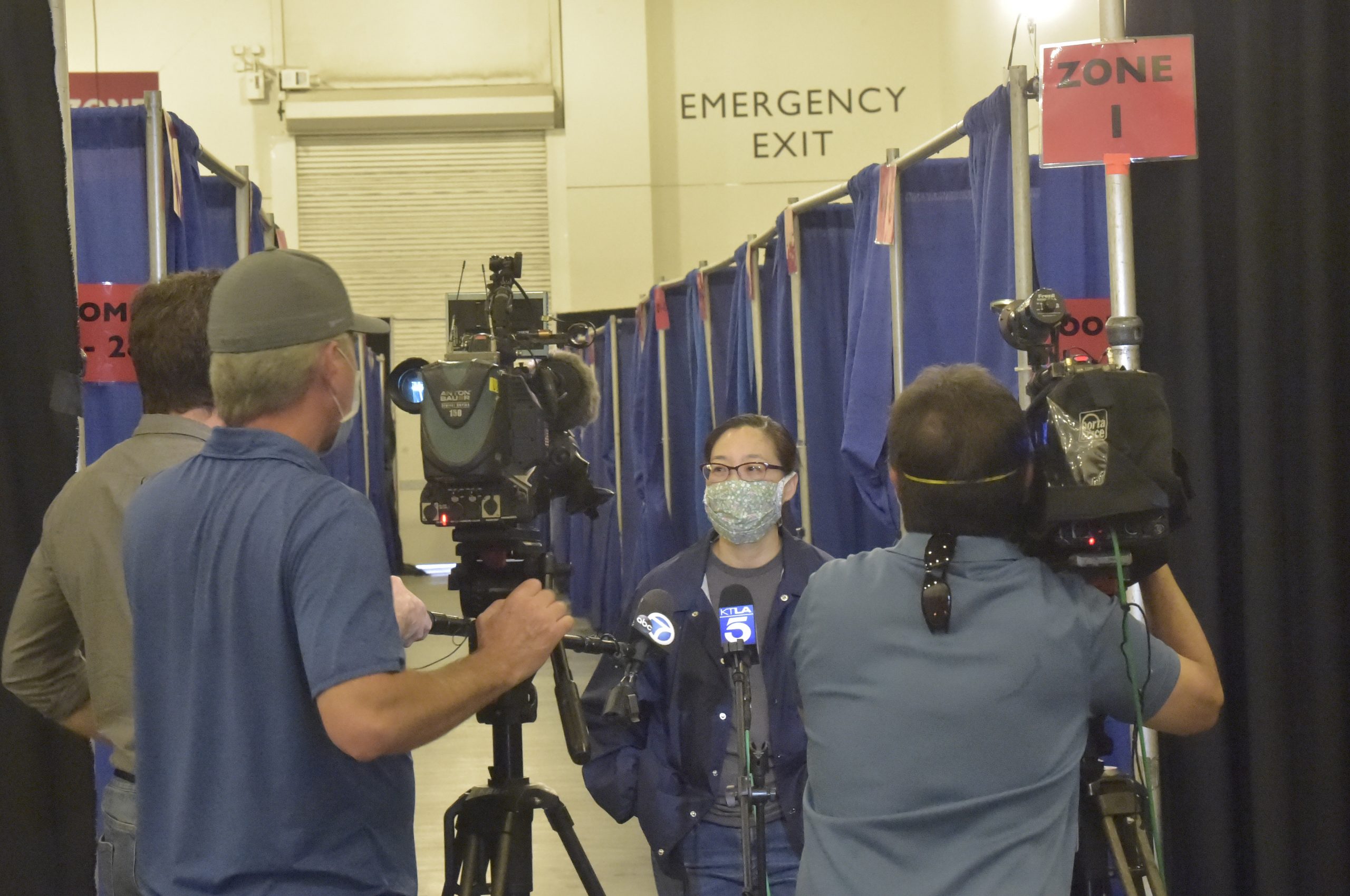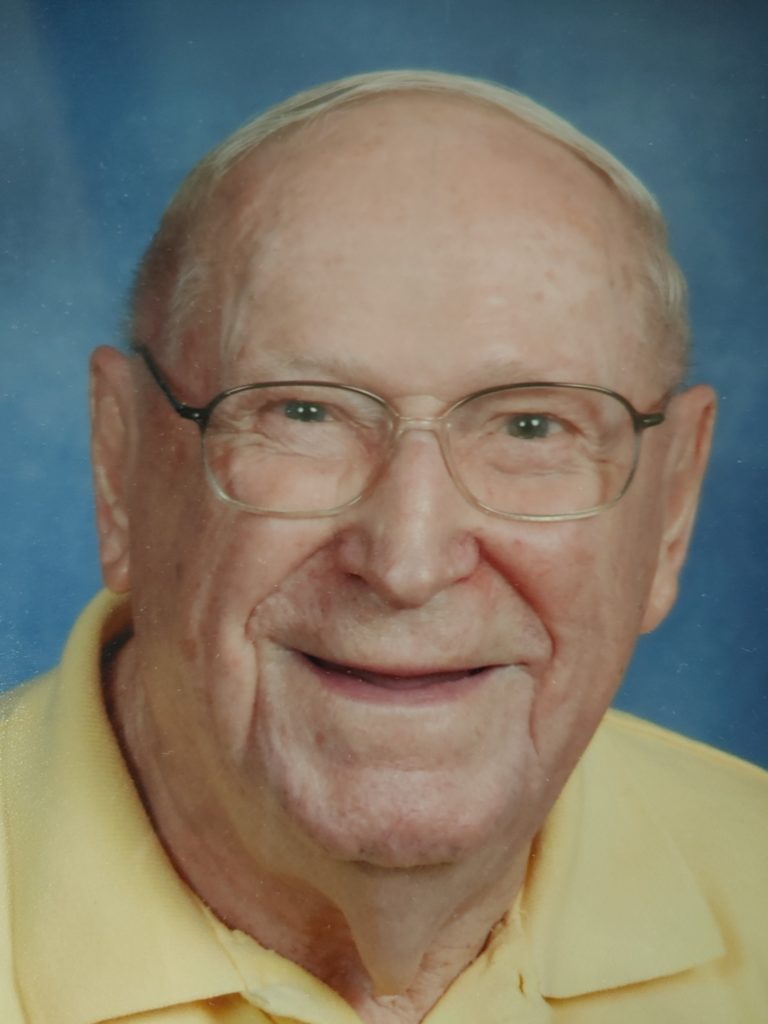
President wants to reopen economy by May 1, health professionals say it’s too early
By Terry Miller
While there are many indications that social distancing is working as scientists had hoped in mitigating the spread of COVID-19, the question remains, “How will America ever get back to normal after the shuttering of businesses across the country?”
On Tuesday, California Governor Gavin Newsom outlined a framework for reopening the economy, stating that the state’s coronavirus protocols would be guided by “science and public health, not politics.”
Newsom did not give a date of when the current mandate would end. It currently extends through May 3 statewide and until May 15 in Los Angeles County.
In his daily briefing Tuesday, Newson said that Californians should prepare to enter a radically different environment where residents would continue to wear masks, and where they may be greeted at restaurants by “waiters wearing masks and gloves with disposable menus in venues that have half as many tables.”
Local schools might integrate social distancing protocols for physical education classes and recess. They might be required to stagger schedules, offer weekend classes, and deeply clean and sanitize schools, parks and playgrounds to keep infection rates down.
States and local authorities are making decisions on whether to close schools or require that people stay home except to buy essentials. Some states are still looking to the federal government for guidance.

So far, the president has declined to invoke any kind of nationwide “stay-at-home” order and has instead urged Americans to embrace social distancing through the end of the month. He also has said he would set up a second task force focused entirely on when, and how, to get the country on the path back to “normal.” The announcement of who would be on the task force was scheduled for Tuesday but it was never mentioned and instead the White House dispersed “a list of 220 people, from a variety of private industries and governmental departments, who would collectively form assorted ‘Great American Economic Revival Industry Groups,’” according to MSNBC.
After April 30, when the president’s mitigation measures expire, it’s still unclear what might happen.
When asked on Friday what metrics he might use going forward, Trump said, “The metrics right here,” pointing to his head.
“I’m going to have to make a decision and I only hope to God that it’s the right decision,” he said. “But I will say without question, it’s the biggest decision I’ve ever had to make.”
Testing will likely play a major role, but no one knows yet what that process is. Less than one percent of the county has been able to get tested despite the president’s claim that “anyone who wants a test, gests a test.”
There are two types of testing that could help reopen the country, but there’s no word yet on how they would be used exactly. There’s the nasal swab lab test which is now being used on a limited basis in Pasadena — this can determine if an individual is carrying an active virus. There’s also an antibody test — the idea being that most people exposed to a virus will develop some level of immunity, thus reducing risks. But experts say there are complications with relying on either or both tests.






